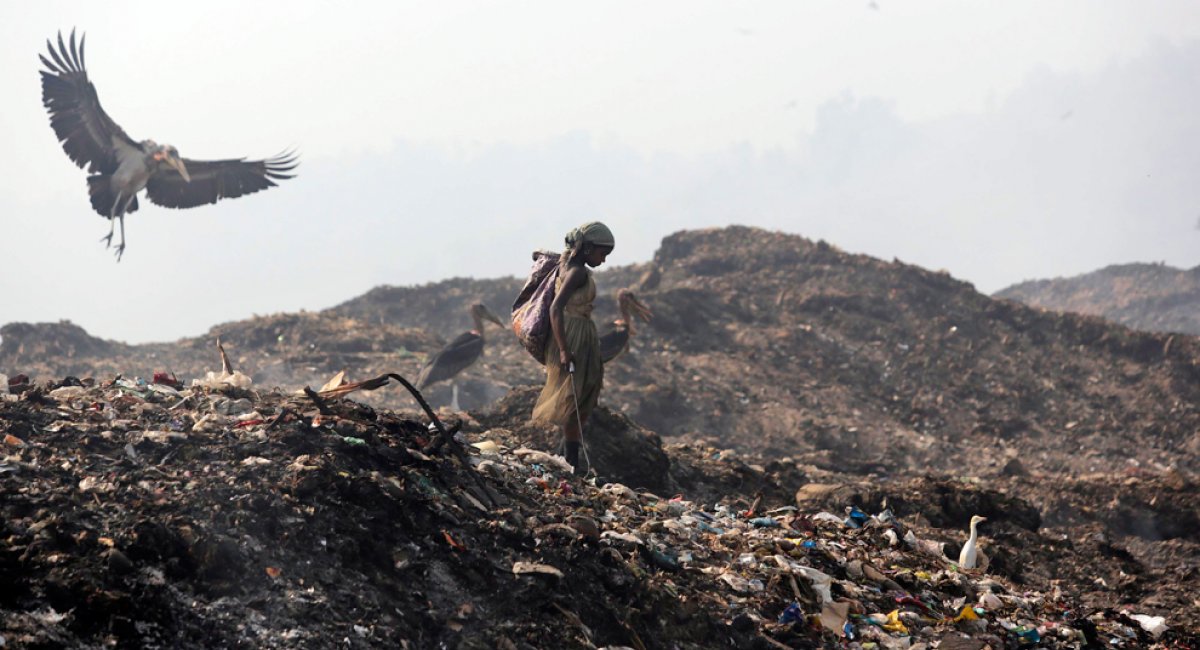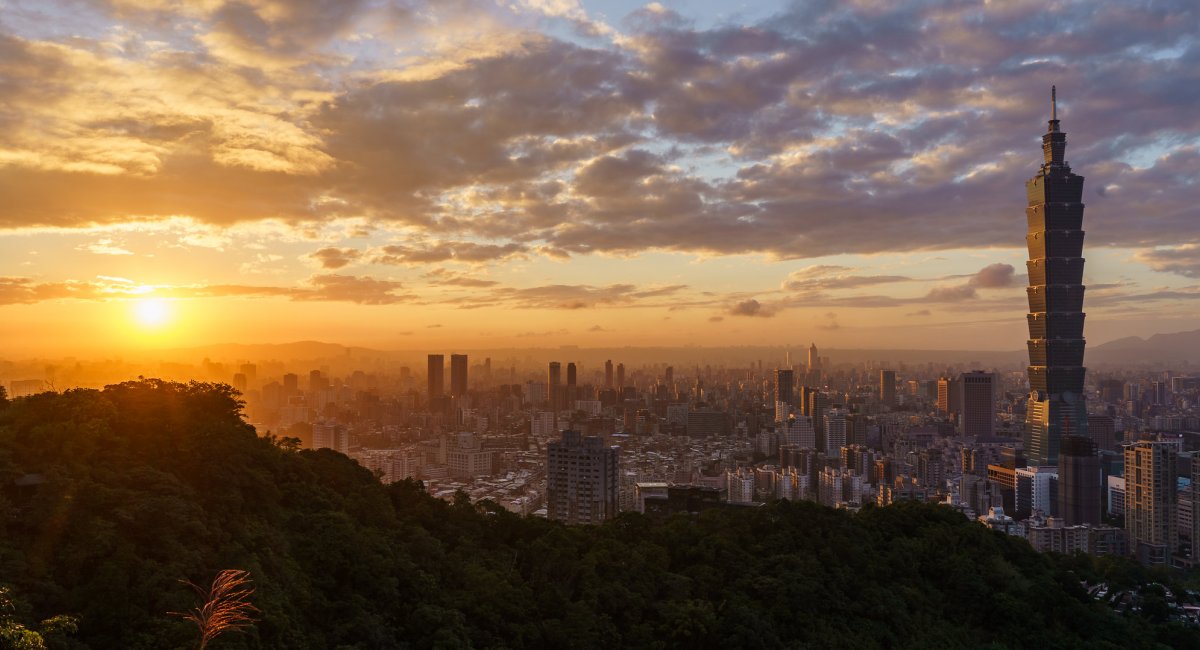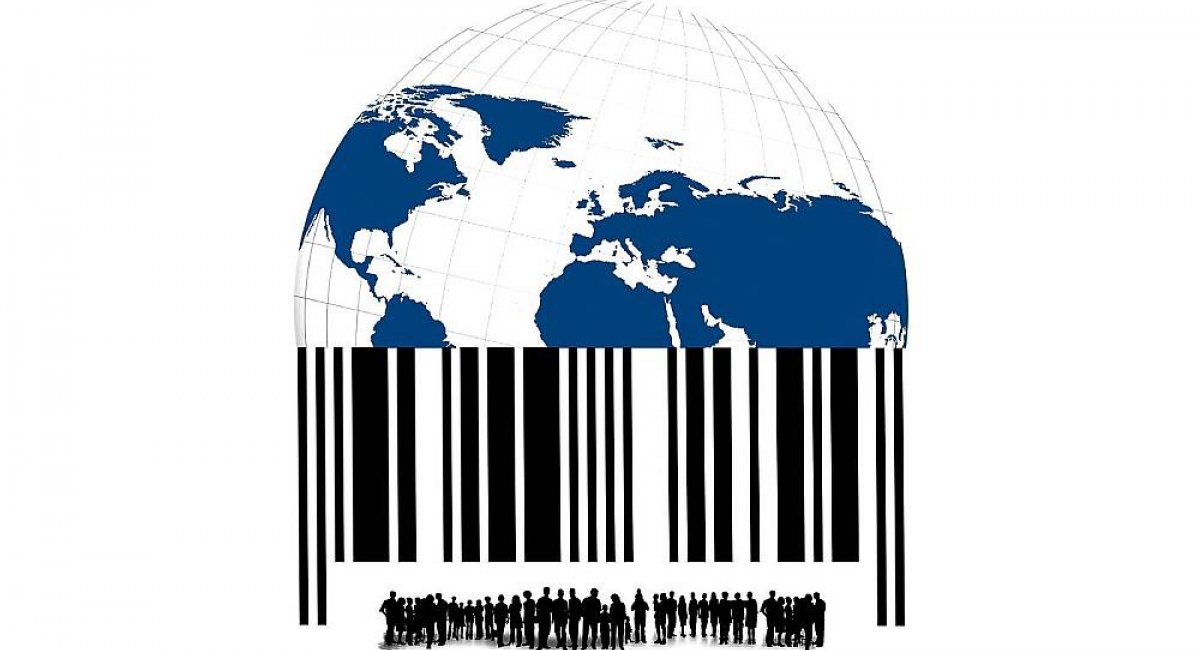The Japan Times reported that most world leaders chose to fly to New York for the United Nations General Assembly, but Swedish teenage activist Greta Thunberg made headlines for deciding to sail instead.
This has prompted a gathering of tourism executives to ponder how to address the fact that flying adds to the greenhouse gas emissions responsible for global warming. According to data cited by the Air Transport Action Group, in 2019, commercial flying accounted for about 2 percent of global carbon emissions and about 12 percent of transport emissions. By 2020, emissions from global international aviation are projected to be about 70 percent higher than in 2005 due to rising travel demand.
With the United Nations gathering underway, the travel site fromAtoB published research about international flights taken in 2018 by the leaders of the world’s largest economies. It found Prime Minister Shinzo Abe was responsible for the most travel. He took 38 flights, traveling 207,000 km. Coming in second was U.S. President Donald Trump with 16 flights and 131,000 km traveled. Among European leaders, German Chancellor Angela Merkel took the most flights, with 83, but most were within Europe.
According to the European Commission, a return flight between London and New York generates roughly the same level of emissions as heating a European home for a whole year.







